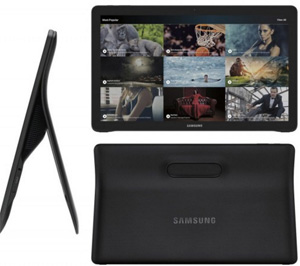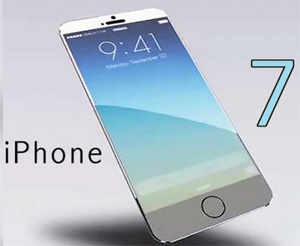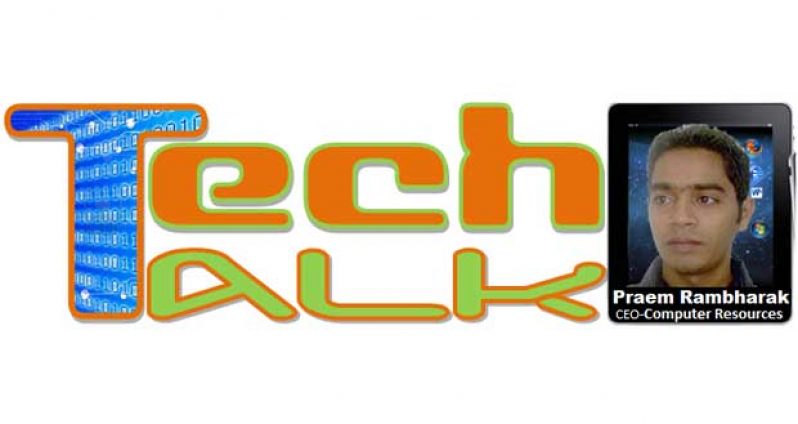Samsung’s massive 18.4-inch Galaxy View tablet
Could this crush the iPad Pro?
The much-speculated Samsung Galaxy View has finally been revealed in images. The first glimpse of the tablet surfaced at IFA 2015 in the form of a teaser video. The Galaxy View comes with a massive 18.4-inch full HD display, which is bigger than any other tablet on the market aside from some PC all-in-ones that double as tablets. Samsung is clearly pushing boundaries here, though.
The first glimpse of the tablet surfaced at IFA 2015 in the form of a teaser video. The Galaxy View comes with a massive 18.4-inch full HD display, which is bigger than any other tablet on the market aside from some PC all-in-ones that double as tablets. Samsung is clearly pushing boundaries here, though.
It’s not the first time a company has pitched a tablet with such a big display. For example, Alcatel unveiled the OneTouch Go Play with a screen size of 17.3 inches. Interestingly, the stand behind the device seems to resemble the Microsoft Surface‘s stand. The Galaxy View had also appeared on several third-party seller websites with a price tag of $600 for the 32GB variant, along with some additional specifications and availability info. The listings were removed as soon as the leak went viral, though.
It is suggested the Galaxy View will have a 2.1-megapixel front camera and a giant 5,700mAh battery. The Samsung Galaxy View is TV reimagined for the streaming age. The 18.4-inch FHD large screen brings you a portable, touchable TV experience plus a bigger window to your favourite apps and content, so you can do more, view more, and play more. Enjoy the home theatre experience – anywhere!
No matter what you think of the Galaxy View, it’s generating some buzz since it’s almost three times the size of the average tablet. It looks like Samsung is indeed trying to pitch the device as something that falls between a tablet and a television, instead of a tablet and a PC. It will be interesting to see what kind of consumer response this gigantic tablet generates. The 18.4-inch screen will clearly require a lot of battery power, so if it turns out 5,700mAh isn’t enough, the view won’t be nearly as sweet.
Microsoft Reportedly Still Working on a Surface Phone
The long-rumoured Surface Phone might still be in the works. A suspicious handset got unwittingly unveiled during a recent interview with the Corporate Vice President of Microsoft’s devices.
Code named Project Juggernaut Alpha, the device has a 5.5-inch display with QHD screen resolution. It is said to be powered by a desktop class Intel Atom x3, 64-bit processor with 4GB RAM (with a variant offering 3GB of RAM).
Other features of the Surface Phone were pegged to be a 21-megapixel PureView Zeiss 6-lens rear camera, and an 8-megapixel Zeiss wide-angle shooter placed upfront. The device was also said to come with the S Pen-esque Surface Pen, with USB Type-C port. On the storage front, the Phone was noted to have 64GB and 128GB storage options with support for microSD card to extend the storage to up to 256GB.
At its event earlier this month, Microsoft launched the Lumia 950, and the Lumia 950 XL smartphones. Considering that it didn’t unveil the purported Surface Phone at the event, it is likely that even if the device exists it is not ready yet and understandably, the company has no intention of launching it in the next few months.
What makes the existence of the Surface Phone plausible is the fact that Microsoft is expanding its Surface line-up. At the same event, the company announced the Surface Pro 4, which is the successor to last year’s Surface Pro 3, and the Surface Book, a Windows 10-powered laptop which also doubles as a tablet.
The company has already demonstrated how its smartphones can be turned into a full-fledged computer. If the rumours are correct, the Surface Phone, interestingly with an Intel processor, hints that the company wants to move further in that direction.
New iPhone 7… Promise a Visual Delight
 Once more, Apple is looking to bring in a new supplier for a vital component in its consumer electronic hardware.
Once more, Apple is looking to bring in a new supplier for a vital component in its consumer electronic hardware.
Apple currently favours LCD screens for the iPhone family, previously pointing to bottlenecks in the supply of OLED panels as a risk factor.
The iPhone 7 is already expected to have some major changes on the front of the phone and in the screen. The removal of the physical home button has been discussed, although it may not happen for the 2016 model, instead appearing on the presumptively titled iPhone 7S. The use of sapphire displays has long been discussed as well. Given Apple has introduced the new force-touch technology in the 6S, and the ‘S’ models generally seeing the hardware-led changes (as opposed to the design-led change) perhaps Samsung should be targeting the iPhone 7S supply rather than the iPhone 7.
OLED displays have some significant advantages. Place an OLED and LCD next to each other and the vivid colours snap out of the OLED screen and the difference in quality is clear. OLED display’s lifetime have improved since first launched and are now comparable to LCD display lifetimes. Perhaps more importantly OLED displays are more power-efficient in the majority of use-cases over LCD.
These are all factors that should be attractive to smartphone manufacturers. Apple currently uses Samsung for a number of key components in its hardware, and if the South Korean company can demonstrate competency, I see no reason why OLED shouldn’t be included in the next generation of iPhones.



.jpg)








